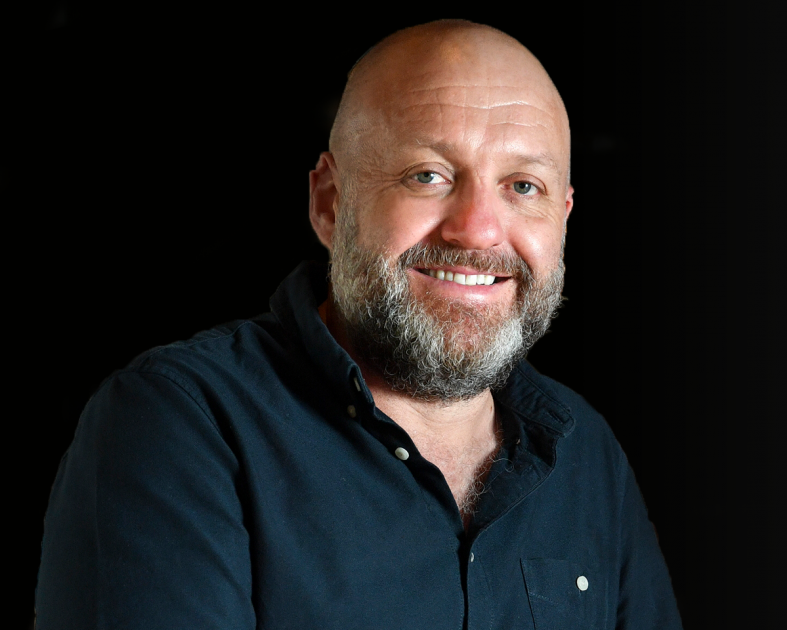“It’s so easy to find fakery.” Stu Gregor on storytelling, Australian spirits industry, Four Pillars and more
In conversation with the chair of judges at the forthcoming Sydney Royal Distilled Spirits Show.

The Australian distilled spirits world has seen dramatic growth over the last decade. While there were fewer than 30 distilleries operating in 2013 — today, there are over 600.
It’s fair to say, I think, that the biggest success story of that period is Four Pillars. Started in 2013 by Cameron Mackenzie, Stuart Gregor, and Matt Jones, the Healesville-based distillery was bought in two stages by drinks conglomerate Lion: the first half, in 2019, for a rumoured $40 million, and the rest of it last year for a rumoured $50 million.
“We were lucky to be at the front of the wave,” says Stu, who is my guest on this episode of Drinks At Work. Their success isn’t all due to good timing, of course — they had a great core product in the Four Pillars Rare Dry Gin, they were always experimenting (the success of their Bloody Shiraz Gin basically invented the wine gin category), and had the best branding, marketing and story of that generation of distilleries. They put in a lot of work.
Stu cashed in his chips and left the newly acquired business last year, which sees him with some spare time on his hands — time he’s filling in by leading the Royal Agricultural Society of NSW’s first stand-alone spirits competition later this year, the Sydney Royal Distilled Spirits Show.
I met Stu at the Four Pillars Lab on Crown Street in Surry Hills to chat about his experience with Four Pillars, how and why spirits competitions like this new one from the RAS matter, the state of the Australian distilled spirits industry right now, storytelling, and whether, knowing just how many distilleries are out there right now, he would start Four Pillars today if it didn’t exist.
If you’ve met him, you’ll know that Stu is a quote-generating machine, and I could fill a weeks’ worth of stories from the hour-long chat we had (although, and I’m sure he’d agree, that would be a little too much Stu). There are a number of digressions and diversions along the way, and you can tell I was clearly having a good time talking to him.
Give the episode a listen in the player here, and below, I’ve got a couple of additional takeaways from the chat.
“The essence of what an agricultural show is about, is improving the breed — whether that’s a cow or a pig or a bird or a wine.”
As Stu and I talk about in this episode, there are many, many Australian distilleries out there, a number that has grown rapidly since 2013.
Before 2014 there were fewer than 30 distilleries in Australia. At the end of 2020, I spent too long trawling the internet and compiling a list of over Australian distilleries, and found 220-odd (though I’m sure there were more). By 2022, according to a budget submission by the Australian Distillers Association, there were over 350 active distilleries in Australia.
The count today? According to Australian Distillers Association chief executive Paul McLeay, there are now around 600 distilleries operating.
They’re not all good. They’re not all producing special liquid. But the agricultural show style of judging — which has been honed on decades of wine show judging — aims to give encouragement and feedback to distillers, with the aim of increasing the quality year on year. Having seen that process up close at Melbourne Royal’s Australian Distilled Spirits Awards, I do think it makes a difference as distillers seem to take it on board. Even if, as Stu points out, when “you win the gold medal or the trophy, the judges are geniuses. If you don’t, the judges are clowns. No matter what category it is, you think your cow is better than the cow next to it.”
“I love judging just intellectually and conceptually because it strips everything else away.”
The way these spirits competitions are judged — the good ones, at least — is this:
- there are several panels of judges, each devoted to one or more spirit categories.
- take gin, for example: you taste gins blind, with no information other than the style (London dry, for instance) and the ABV;
- you give marks for appearance (i.e., does the spirit appear to have faults, bits of flotsam in it), aroma, taste, balance, finish etc.
- you’ll give some brief notes which explain the scores.
- these will all be inputted into the system, and then the panel chair leads a discussion about each of the exhibits, arriving at a consensus score, and if it’s good a medal.
This often makes for interesting results, because what we think is good is so often a product of who were with, where we were, our mood at any given time, your pre-existing knowledge of the spirit or the category or the brand. (There’s a reason why great brands invest in telling great stories — this is it).
And, as Stu talks about, getting that experience as a judge is beneficial to your career.
“We need to have more great judges because the better you are as a distiller and a judge or an influencer or a bartender, and the more you can technically analyse a spirit, the better everything’s going to become,” he says. “The better your drinks become. The better your stories become.”
One last thing: if you’re enjoying reading Boothby — and I hope you do — please share the newsletter with a friend and encourage them to sign up. And if you’d like to join the small yet meaningful number of readers who choose to support Boothby with a paid membership, you can do that right here. Your support means a lot!

